A Giant Ultra Like No Other
How Suzanna Bon used the San Juan Mountains and "ease and joy" to nail the Tor des Geants
Welcome back. If you’re new here, please consider subscribing and sharing this post. Subscribers at the supporter level ($6/month) are invited to an October 19 online meetup, one-on-one virtual coffee chats, and bonus posts. Let’s also connect on Instagram @sarahrunning.
As I write this, the Moab 240 is wrapping up. I debate again whether I’d want to tackle the 200+ distance over three to four days. A talk with an exceptional older female runner, who finished the 205-mile Tor Des Geants 330K race one month ago in the top 10, has sparked my imagination and made me reconsider the attraction and drawbacks to mega ultras.
Suzanna Bon, 58, is a runner I used to cross paths with at races in California, and we became friends after she moved to southwest Colorado. She’s one of the older and faster female ultrarunners whom I treasure because they show by example, You can keep doing this.
Suzanna has always run better and faster than I. She finished several hours ahead, in 7th place, when we ran the High Lonesome 100 together in 2021. Her 2009 course record of 19:32 at the San Diego 100 still stands. I tag along with her on summer training runs knowing she’ll make me go faster than I would solo.
A month ago, she embarked on Tor des Geants, which makes a massive loop around the tallest Alps in the Aosta Valley of Northern Italy, starting and ending in Courmayeur and gaining around 79,000 feet in elevation along the way. I tracked her journey online and followed the posts of her husband Sam, who crewed her along with ultrarunner and photographer Gary Wang. It was her second 200-miler, having finished and won the Tahoe 200 in 2015.
This race, begun in 2010, had 960 runners start it and has a time limit of 150 hours (6 days, 6 hours). Fewer than half, 408, completed the full course this year because a severe storm late in the week made the organizers stop the race for safety and pull runners from the route; 370 DNF’ed earlier in the race.
I share those numbers to put into context how remarkable Suzanna’s performance was. She finished 10th woman and 115th overall in a time of 112:11—that’s 4 days, 16 hours, 11 minutes.
I feel drawn to and envy the journeying aspect of Suzanna’s race—the sheer scope of territory covered—and the single-minded focus and determination she brought to it. The summertime training buildup was a journey of sorts too, peaking in August with a Hardrock-like training week that hit 100+ miles and 30,000+ feet of elevation gain.
But I don’t envy and don’t want to endure the body breakdown and sleep deprivation. She finished TdG bent sideways, unable to straighten her posture, with her quad tightly bandaged to manage terrible pain. (She’s moving normally and recovering well now, however!) She persevered through those four-plus days on only about five hours total of sleep, divided into short naps.
To experience an immersive extra-long running journey, I’m more drawn to weekly self-supported stage races (as described here) when runners compete for a stage, then stop to camp and sleep. But, talking to Suzanna got me thinking about the challenge.
I chatted with her over dinner and asked some specific questions about her training and her TdG experience, edited for length here. Many thanks to Gary Wang for sharing his photos below.
Sarah: Looking back at your summertime training, what do you feel you did right that paid off when you embarked on TdG?
Suzanna: Gaining strength and endurance on climbs is one of the key preparations for Tor. The steeper and more technical, the better. I was lucky to be in the San Juans to train where I utilized Grant Swamp Pass and Oscar’s Pass multiple times a week, sometimes for out-and-backs.

Although the climbs in Tor are more sustained, often steeper, and more technical, spending days out on the Hardrock course was good training. The training log I sent you represents the max of what I thought I could do safely without risking injury or mental and physical exhaustion—I’m old, ya know. I also did a measly 20 to 30 minutes of core work four to five times a week and added in a few sessions of yoga weekly. [author’s note: what she thinks is “measly” core work and yoga, I applaud and consider adequate for strength and mobility work to help prevent injury.]

In hindsight, is there anything you would have done differently or more/less of for better preparation?
I should have worked the downhills harder because what goes up, comes down, and I think eventually it was the technical descents that ground me down in Tor. I’ve always felt my uphill skills are better than my downhill, and that has only proved more true the older I’ve become, meaning I suck even more on the downhill now as I’m more cautious and slow. The uneven, steep, rocky descents with varying lengths and depths of leg reach took their toll. The last 50K registered somewhere between very painful and extremely painful, my left quad screaming with each step.

When you reflect on the days and nights you spent on the course, can you describe one or two moments that felt amazing or awe-inspiring and that you would like to experience again?
I’ve been thinking about the word “awe.” I think we can agree “awesome” has become almost meaningless in its overuse, but “awestruck” seems an apt descriptor for how I felt many times during the event.
Being awestruck meant stopping on the trail and “having a moment”— being still and silent and allowing my eyes and ears and skin to absorb the majesty and wonder of the natural environment. Perhaps this is just “being present,” but for me, with my mantra of “ease and joy,” my goal was to take time to be in awe of my surroundings.
The sunrises and sunsets were stunning. Feeling the weather and the wind, blowing clouds that would occasionally lift for an endless view or envelop me as I moved through a valley, are sensations I won’t forget. That’s when I felt my vitality the most keenly.
Tell me about your mantra “ease and joy.” It strikes me as the opposite of some tough or “badass” mantras that others may have used. Why did it work for you?
Knowing my Tor experience would be once in a lifetime, I wasn’t there to race. I was there to enjoy; to relish the natural environment, share and be in community with like-minded athletes from around the globe, intrinsically feel the awe, and also be aware and have appreciation for my physical body, which I have learned over the years will do whatever my mind asks of it (as long as there is appropriate fuel onboard). I’m way past trying to be tough and badass—that’s for the younger folks!
You told me about the low point you experienced only 10 miles from the finish when you had to take a nap because you were so exhausted that you questioned whether you could get down the mountain without resting your eyes. But you knew you would finish at that point. Did you have any low points during the 205 miles when you doubted your ability and desire to finish, and when you flirted with the idea of dropping?
I started the race with a full dose of fear and humility but never doubted I would finish, baring a debilitating injury, which I knew would not occur. The mental game is so important to making it back to Courmayeur. Experience has taught me that with proper fuel, and a can-do attitude, my body will continue to respond to whatever my mind is asking of it. I guess I’m just good at suffering [laughs]. Of course, I also internally call on important people in my life to help me stay the course. I had some desperate, out loud conversations in the dark rain with my personal influencers during those last 10 miles.
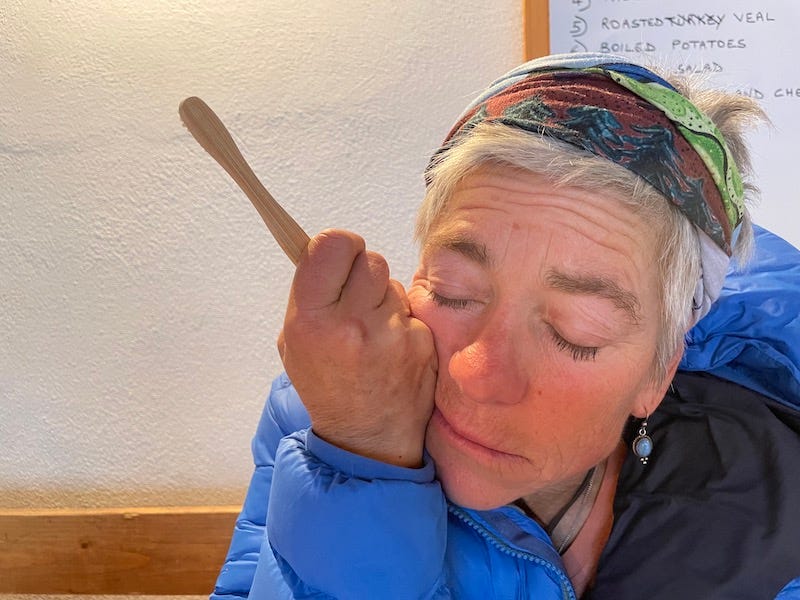
Now that you’ve had such a strong performance at Tor des Geants, what are your ultrarunning goals for the future?
Tor de Geants is probably the capstone of my ultrarunning adventures. Of course, I’d love to run Hardrock and will continue to find events and fun runs with friends that challenge and thrill me, but nothing will be as long and physically demanding as Tor.
I hope I will be on some of those future “fun” runs! Thank you, Suzanna, and huge congrats on an inspiring and undeniably badass performance.
A couple of links to inspire your week
What do you do during the day, every day, to enhance your wellness and peace of mind? Answers vary wildly in this recent New York Times article, “The Little Rituals that Keep Us Going,” which got me thinking how I’d answer.
A daily run or walk is an easy, obvious reply. I’m more interested in the habits people mentioned that are about joy or mental acuity, and less about fitness, such as taking some time for concentrated birdwatching or an afternoon card game with a significant other (two things my parents used to do daily).
Here’s what I’d share:
Read first thing. I’m much more attentive reading when I wake up than at bedtime. Before my husband or the dogs wake up, before I feed the horses, before I scroll on my phone, it’s just me in my favorite chair, the cat in my lap, a mug of coffee, and a book for 20 to 30 minutes. (I keep track of most of what I read on Goodreads if you want to check out my reading list.)
Feed the horses. This morning chore in the fresh air at dawn, described here, wakens my senses and evokes love and gratitude for these equine family members.
Make our bed. I can’t stand looking at an unmade bed during the day or crawling under rumpled, messy bedding at night.
I start the day feeling calmer, more clearheaded, and better organized after doing those three things. I hope you’ll share one of your daily rituals in the comments below.
And one more thing—I’ve been listening to audiobooks more than podcasts recently, but I caught a podcast that I highly recommend. Coach Mario Fraioli interviews Brendan Leonard, one of my favorite writers and artists. They talk about running, of course, but most interesting to me is their discussion on storytelling and the creative process, social media, becoming a dad, and more. I had to stop mid-run at one point while listening because I was laughing out loud.



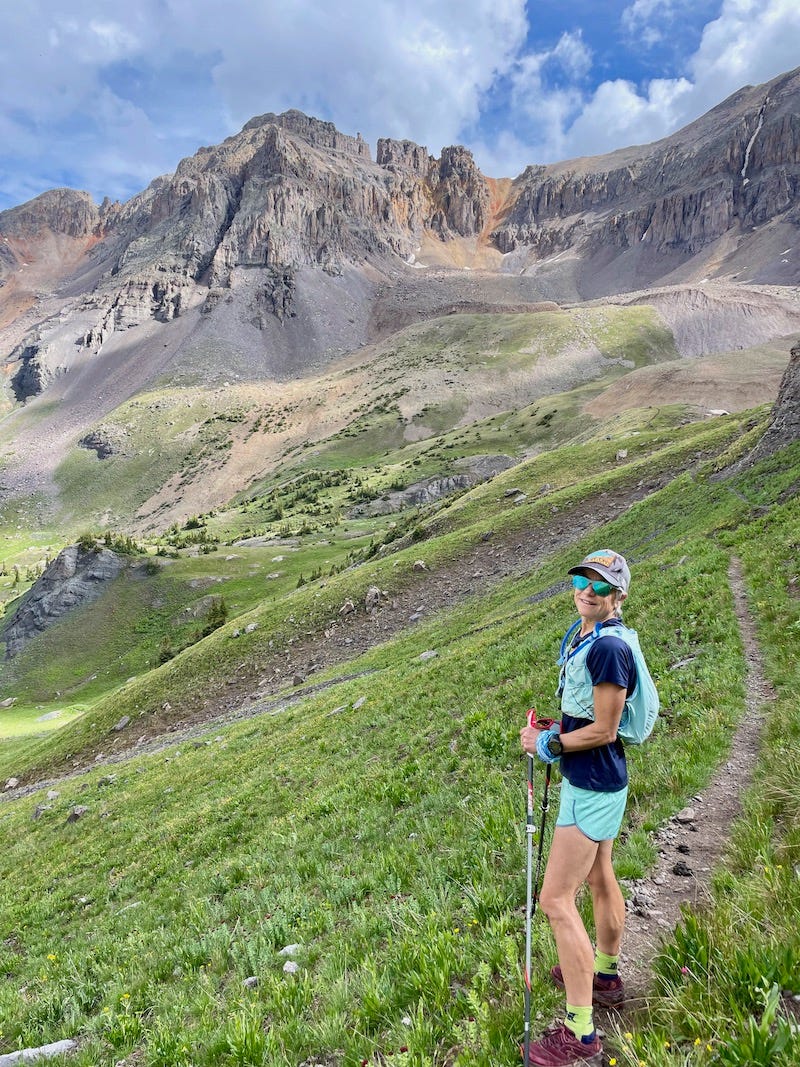
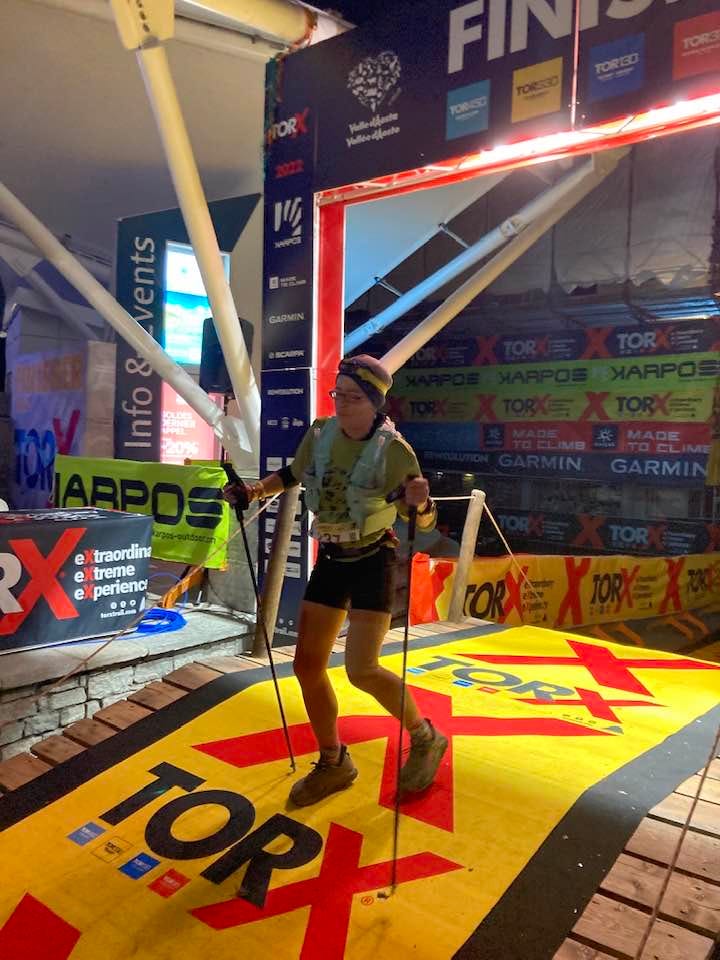
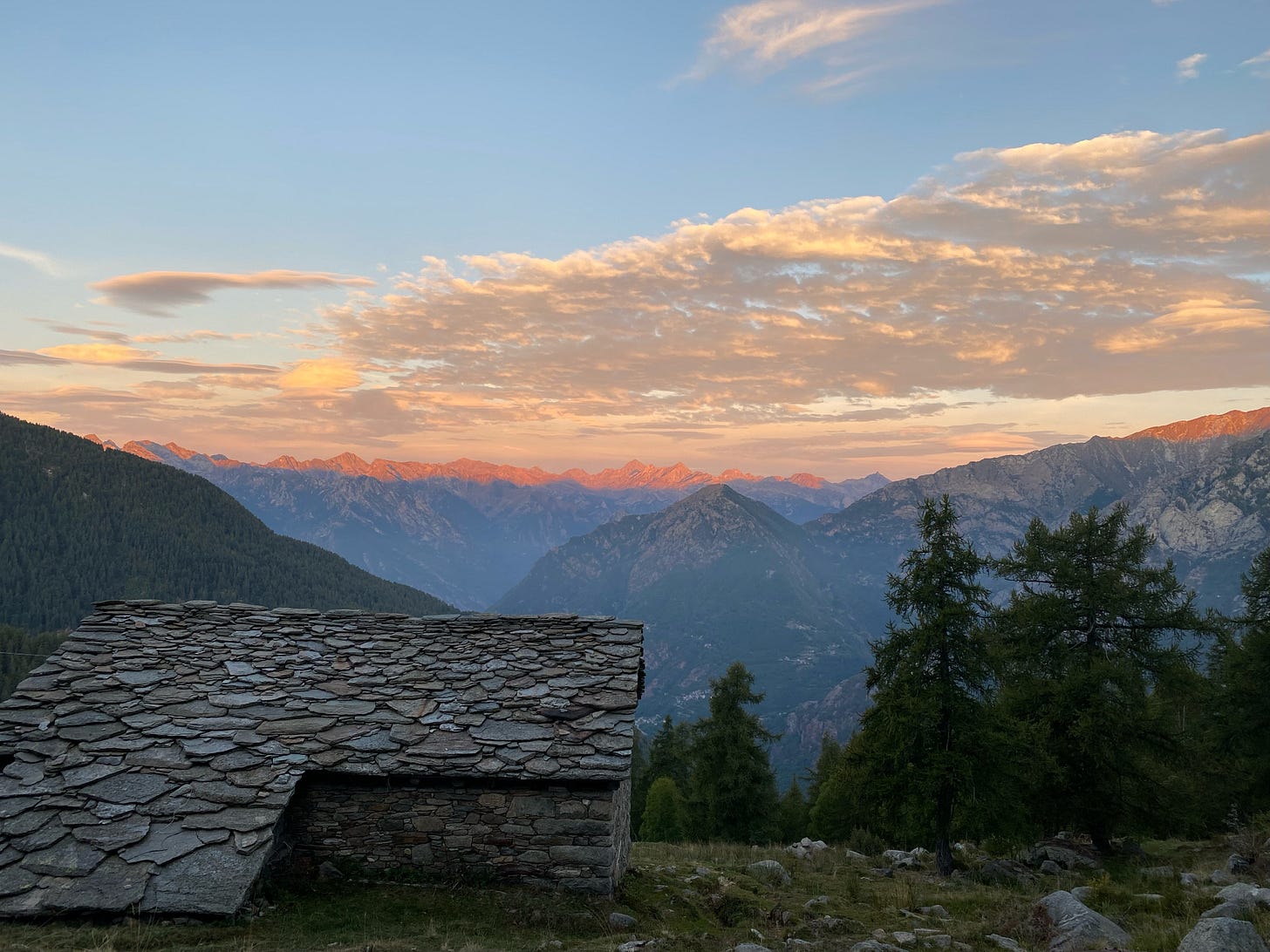
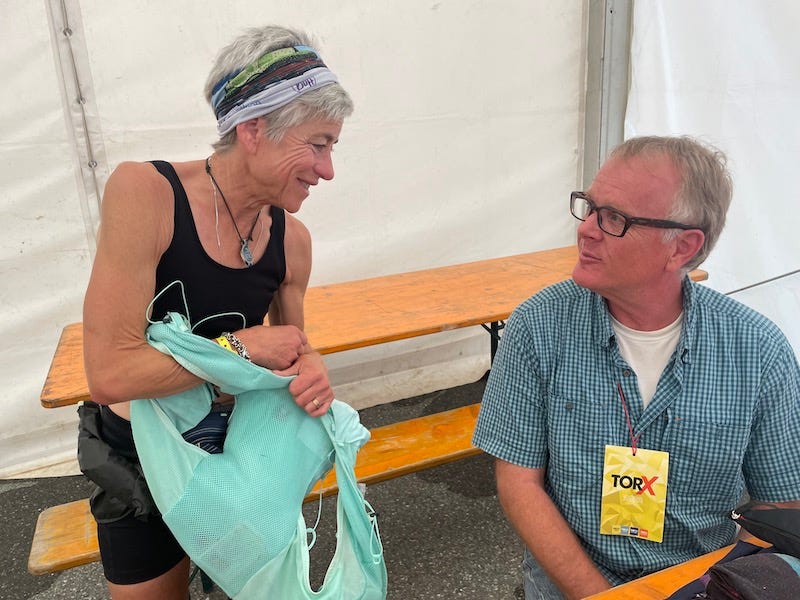


That was a wonderful interview about Suzanna! She is an inspiration to remember that our age doesn’t have to define our goals or desires for adventure.
As a mom of 4 young kids, I appreciate having little rituals more than ever.
1. Wake up an hour before they do (for school days, that is 4:30/5am) and make a cup of green tea. Read an actual book (not on my phone) next to candlelight with a cozy blanket.
2. Cool shower before bed every night, rub lavender on my wrists and neck.
3. Make our bed every morning.
Thanks for this teaser on Suzanna's experience at Tor and I'm looking forward to the zoom tomorrow! It's my husband's 50th birthday but I'm hoping to squeeze this in :)
1. I make my bed every morning, too!
2. I walk my dog every morning through the park just across our road.
3. I make sure to be up before my girls go to school so I can be present in those last 30 minutes before they leave for the day. If I don't give them each a hug and say "I love you" I feel like I've completely missed out...so I make sure I do!